Introduction
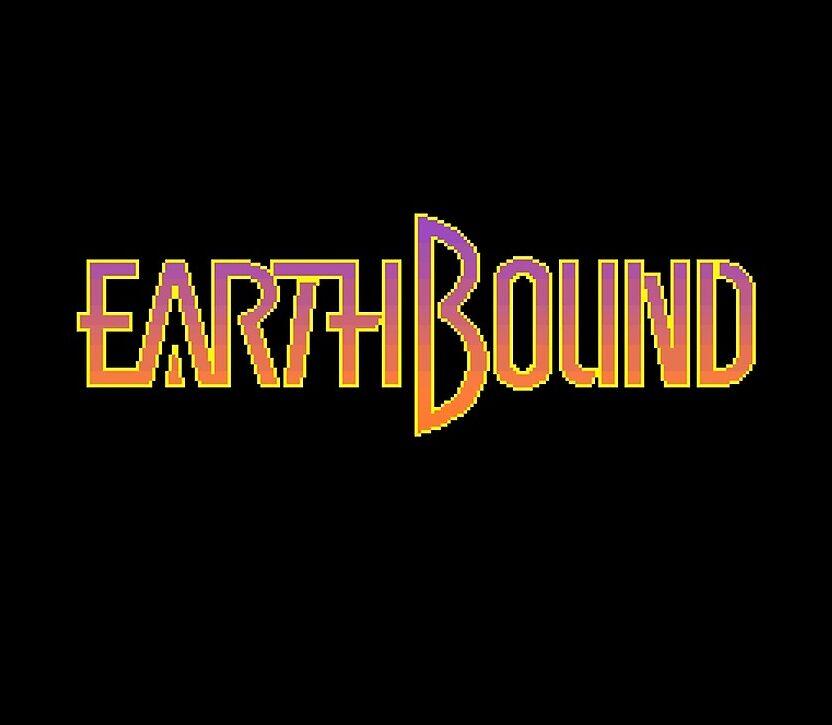
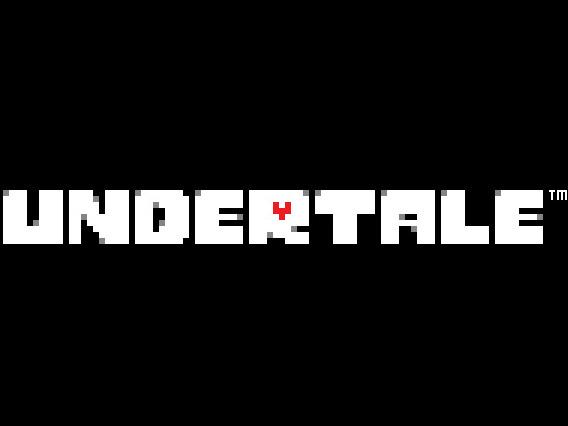
In this paper, I explore ways in which the RPG game Undertale (Fox, 2015) pays homage to the Mother Series, particularly Earthbound (Ape Inc. and HAL Laboratory, 1994), and how it might stand as an unofficial extension of the series. Though there are important differences between the two games that uniquely distinguishes Undertale as its own game, there are clear inspirations and similarities that demand a more formal comparative analysis between the two games. Through this paper, I aim to point out their similarities in visual style, music, and subversions of norms, as well as highlight the important differences, one of the most notable being the way the notion of pacifism is represented between the two through the lens of Ian Bogost’s idea of procedural rhetoric.
Similarities
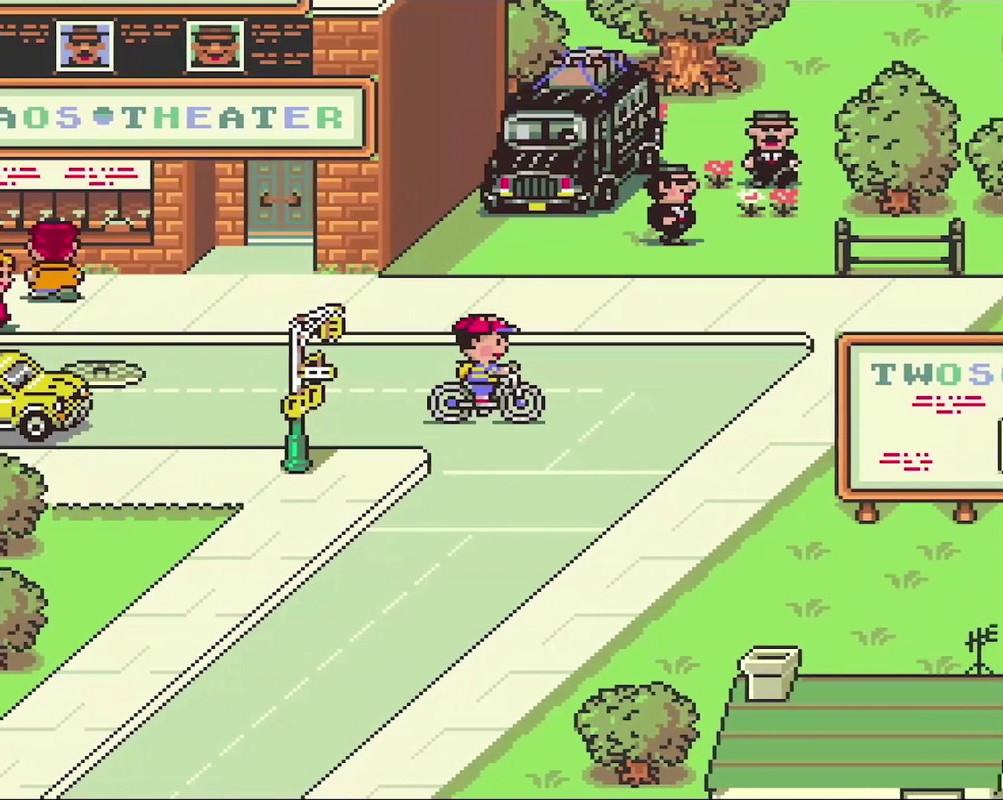 .
. 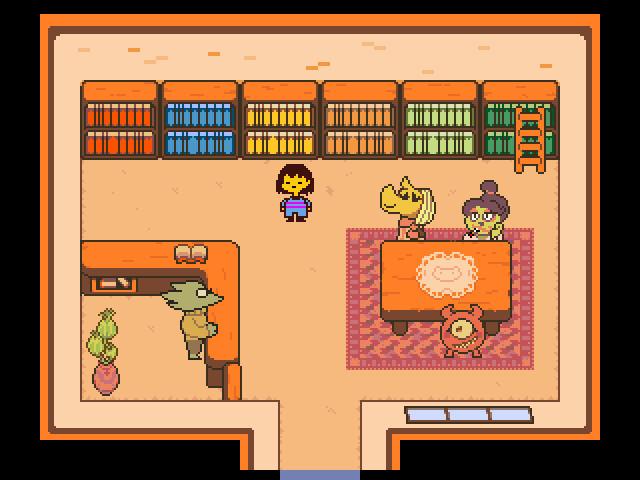
One of the most obvious similarities between Undertale and Earthbound that one might identify right off the bat is the visual style. Given that Earthbound was released in the early 90s on the Nintendo SNES, its pixel-art visual style is more of a product of the technical limitations of its console — the resolution of the SNES is 256 x 224, compared to the standard 1920 x 1080 that has been used most commonly since around 2005 when the resolution became supported on mainstream consoles. Undertale, released in 2015, was certainly not limited by the technology of its time — it is clear that the game drew inspiration from the prominent visual styles from the era of SNES. Though Undertale is not the only modern game to pay homage to this retro pixel art style, given that there are games such as Stardew Valley (Barone, 2016) and Terraria (Re-Logic, 2011) out there, there are aspects of its art that very closely resemble that of Earthbound specifically — the aesthetic and style of text dialogue, the quirky, almost cartoonish depiction of the environment, and the diversity of interesting characters and monsters all combine to create a visual style that uniquely ties these games together. Another similarly clear parallel is the chip-tune characteristic of the soundtracks. Again, we have an example of Earthbound giving rise to something unique within the constraints of the current technology of that time, while Undertale intentionally aims to “downgrade” and match the style of chiptune music despite there being no such technological limitations. The following video illustrates some of the melodic similarities between the two soundtracks:


Possibly one of the most important similarities between the games is in its intentional subversion of the norms, which the surface level similarities that make these games unique mentioned previously are a part of. Popular RPGs of the time of Earthbound’s release in the early 90s included Final Fantasy and Chrono Trigger, which leaned much further into elements of fantasy and science fiction like most other popular RPGs. Earthbound, on the other hand, is much more lighthearted in tone throughout the majority of the game and across many elements of the game — the visual art style, the music, the backgrounds, the enemies, and more. The enemies include crazed cultists, deranged hippies, and out-of-control taxicabs, and the main protagonists equip weapons such as bats and yo-yo’s while navigating through normal suburb-like areas. In terms of tone, this was considered to be far from the previously established norm for RPGs of its time. Similarly, though not necessarily as light-hearted in tone as that of Earthbound, Undertale has many elements that intentionally subvert the traditional tropes of RPGs of its corresponding, modern time as well — for example, things like having the option to win a battle but not fight an enemy by sparing them, enemies having real emotions and sometimes not even wanting to fight, etc. These mechanics that flip the combat traditions of RPGs on their head and give the player the agency to not inflict harm on “enemies” make way for different styles of playthroughs, each of which lead to a different ending — all to create yet another way in which Undertale separates itself from other RPGs. The concept of having multiple possible endings has existed in games in other genres (e.g. interactive fiction), but it has been much rarer in RPGs. Ultimately, the way in which both of these games are very intentional in the way they aimed to separate from the rest, along with one of them being the direct inspiration of the other according to the game creator himself (Mother 3 is the game that comes after Earthbound in the series), is exactly what makes both of these games such a unique breath of fresh air.
Differences
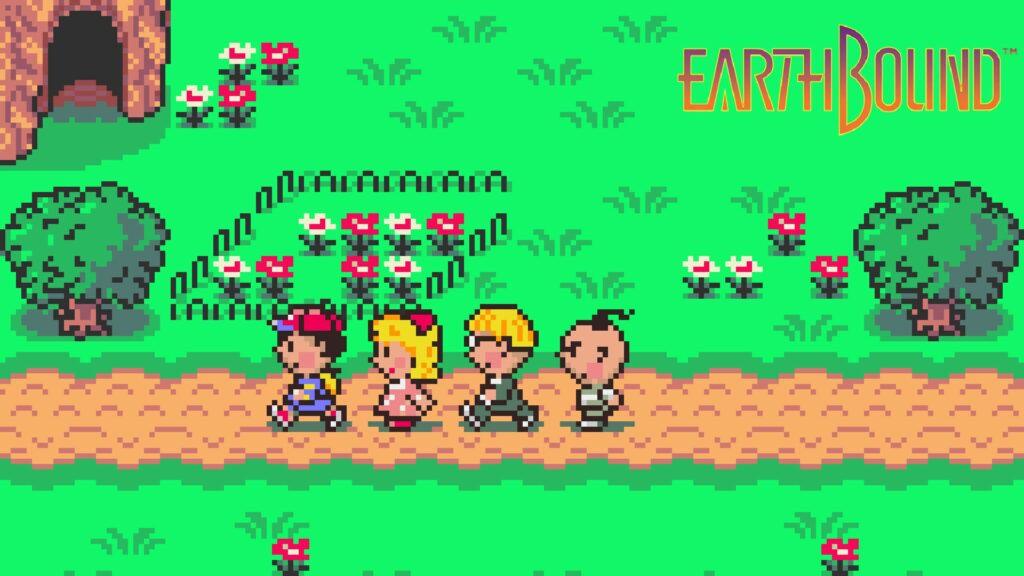

Though these games do share similarities, there are also important differences to note that distinguish Undertale as its own game. One of the more obvious differences is the contrast in overall tone — while Earthbound separated itself from its competitors through its light-hearted tone and ordinary settings, Undertale’s tone is distinctly dark. From the very beginning, there is a seemingly innocent flower that betrays your expectations and starts to attack you, giving the player the sense that they can trust no one. This is compounded by the fact that you only ever control the one human character and no one else, while Earthbound involves four protagonists that the player must control, each with unique abilities and skills. Further, the initial setting of the game involves a human child who has fallen into the underground full of monsters, which adds to the ominous feel of the game that permeates throughout its entirety.
A more subtle yet arguably more important difference between the two games is in the way that they portray the idea of “pacifism”, particularly when viewed through the lens of Bogost’s idea of procedural rhetoric. In Undertale, the portrayal of pacifism is very clear — the player always has the option to escape from monster encounters by not fighting them and sparing them instead, a mechanic that directly opposes the default of RPGs where you have to fight and defeat enemies to progress in the game. The procedural rhetoric of Undertale emphasizes the consequences of both opting in and opting out of violence. From the moment that you enact violence on any one of these monsters and fight them, the “true” ending route is ruled out as a possibility, and you go down either a neutral ending route or the genocide ending route, depending on whether or not you choose to fight and kill all of the enemies you encounter. When you go down either of the endings that are not considered the “true” ending and continue to kill your enemies, the world changes around you — the soundtrack is pitched down, distorted and slowed to indicate a shift in mood, and certain NPCs that have been killed by you will no longer appear. On the other hand, if you go down the pacifist ending route, which is a challenge in itself particularly with enemies that grow stronger through the game, the procedural rhetoric of maintaining pacifism is reinforced — Toriel, a monster, saves you from Flowey at the very beginning of the game and shows genuine empathy towards you. She also mentions when explaining how combat works that some monsters don’t even want to fight, and that you always have the option to spare your enemy. The player is then rewarded when successful with being a pacifist after a difficult encounter — for example, after sparing Toriel when she tries to stop you from leaving the underground, she will eventually give up the fight and let you go without hard feelings, whereas the alternative route involves killing her quite gruesomely to move forward. Additionally, another mechanic that reinforces this procedural rhetoric is that evading opponents’ attacks, which are more varied and creative, is much more mechanically challenging and thus fulfilling than fighting. With fighting, you don’t ever learn new attacks, and the mechanic of the swing bar never changes as you progress through the game, which further suggests that the “intended” way of playing it is to be a pacifist. Undertale thus makes it very clear how they portray the idea of pacifism.
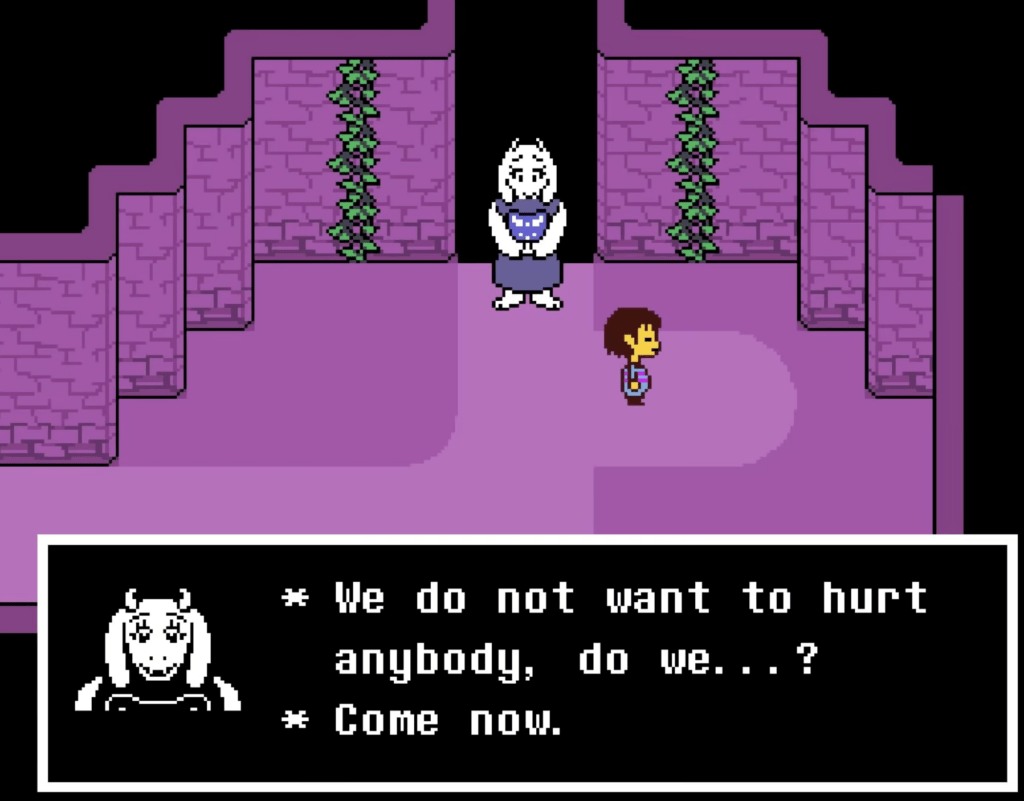

With Earthbound, it is slightly different. As a game that subverts many tropes and expectations, it does not offer an alternative to combat like Undertale does — it is a default requirement for progressing forward in the game. Though there is an option to run away, it is not nearly reliable enough to work as a strategy to complete the game. However, pacifism is explored in other ways in spite of combat being required — there are certain combat mechanics that specific characters can employ that are effective but don’t necessarily inflict harm directly, such as Paula (a playable protagonist character in your party) who can pray to heal the team. Further, when you and your party defeat an enemy, the dialogue in the text box almost always makes it very clear that your enemy has not been killed, but rather has become “tame” or back to normal from a possession of some sort. Pacifism is expressed in the form of the enemy’s outcome, where fighting them does not lead to killing them, but rather an act of sparing them from their unusual form. Comparing this to Undertale, the text after you defeat an enemy is ambiguous — “You won”. It is left unclear, at least with the text alone, what happened to the enemy you defeated. It is eventually however revealed, sometimes very cruelly like with Toriel’s death, that the enemies you defeated have all been killed by you. These differences in rhetoric are what make the navigation through both Earthbound and Undertale distinct, despite their shared intentional portrayal of the notion of pacifism — in Earthbound, you can express pacifism in spite of combat; in Undertale, you must express pacifism in lieu of combat.
Conclusion
It is important to note both the similarities and differences between the two games in order to recognize that although Earthbound and the Mother series it belongs to may have influenced Undertale (and possibly many other modern games as well), the two are very different games. Undertale pays homage to its inspirations in a way that makes it clear and honors the legacy of Earthbound and its series, all while creating something entirely new and unique. Playing Earthbound and the other games in its series is important to understand where exactly Undertale drew its inspiration from, and further adds to the appreciation of what Undertale ended up becoming as a result of that inspiration.

